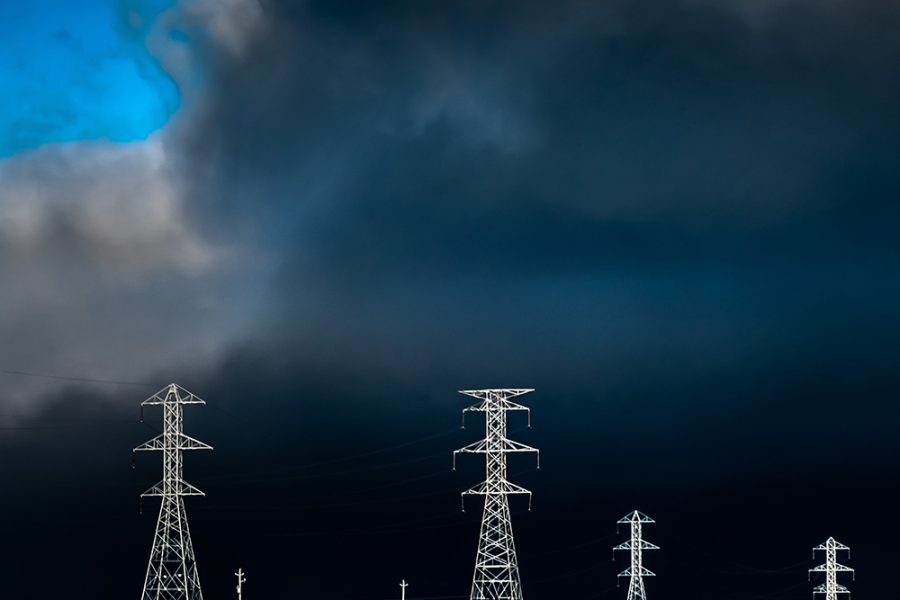Policymakers continue running along the diving board over an empty pool, determined to turn California green by outlawing any electricity-generating source that isn’t wind and solar. It’s not that they don’t know better. They do. Yet they refuse to deviate from their agenda.
Last year, the California Public Utilities Commission held a workshop with the pretentious title of “Integrated Resource Planning (IRP) Mid-term Reliability Analysis & Proposed Procurement Requirements.” Presented in the workshop was a series of slides from the California Independent System Operator, which, in its own words, “maintains reliability on one of the largest and most modern power grids in the world,” and “works diligently around the clock to meet the electricity needs of consumers, while increasing the amount of renewable energy to usher in the clean, green grid of the future.”
Those slides, 27 through 29, are revealing.
Under a mid-need scenario, CAISO predicts a shortfalls of power of 4,146 megawatts in 2024, 7,097 MW in 2025, and 7,410 MW in 2026, the final year of the projections. In the high-need scenario, the figures are 6,571 MW in 2024; 9,892 MW in 2025; and 10,432 MW in 2026.
The low-need scenario is hardly worth referencing, given the electricity demand that’s coming, but it goes this way: 1,520 MW in 2024; 4,424 MW in 2025; and 4,715 MW in 2026.
It’s no coincidence the shortfalls start to pile up as nuclear power – the Diablo Canyon facility in San Luis Obispo County is the last remaining atomic energy site still operating in the state – is eliminated by the middle of the decade. The charts show no new sources coming online to replace nuclear as demand grows.
Though the charts don’t indicate deficits until 2024, we know they will arrive sooner.
“California likely will have an energy shortfall” in 2022 “equivalent to what it takes to power about 1.3 million homes when use is at its peak during the hot and dry summer months,” the media reported last month.
“State models assume the state will have 1,700 fewer megawatts of power than it needs during the times of highest demand – typically early evening as the sun sets – in the hottest months when air conditioners are in full use.”
California is also at risk for blackouts during the summers of 2023 and 2024, “as the state shifts to cleaner energy.”
We should be used to this. There were multiple flex alerts issued last year as grid managers asked for additional natural gas to avoid blackouts. In 2020, California went through its first rolling blackouts in nearly 20 years when “its electricity production, precariously designed with ‘green’ preferences to maximize the percentage of solar and wind … was unable to handle a heat wave in the afternoon when the sun and wind both died down,” writes Alex Epstein in his new book “Fossil Future.”
The bleak prospects don’t inspire confidence in policymakers’ decision to force California into a 100% renewables electricity grid by 2045. Of course they’ll tell us it’s just a matter of growing pains we have to endure as we transition to solar and wind power. But there are no assurances the pain will end at any point, because no one can guarantee that California will be able to build enough green energy over the next two decades to meet the growing demand.
Nor can anyone say with 100% certainty that the “large short-term costs on society” of going green, to borrow from columnist Michael Barone, will produce the sought-for effects, namely a man-made taming of a climate that activists say is becoming an existential threat. We know for sure, however, policymakers have put California in a difficult position it should not be in.
Kerry Jackson is a fellow with the Center for California Reform at the Pacific Research Institute.


